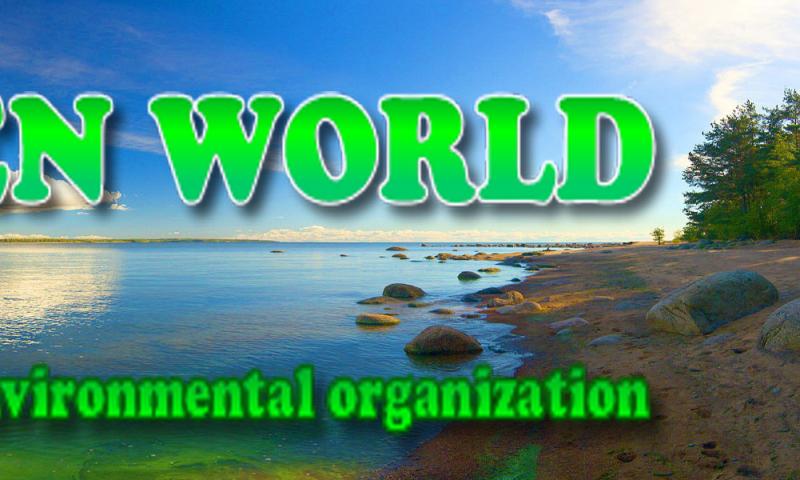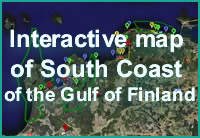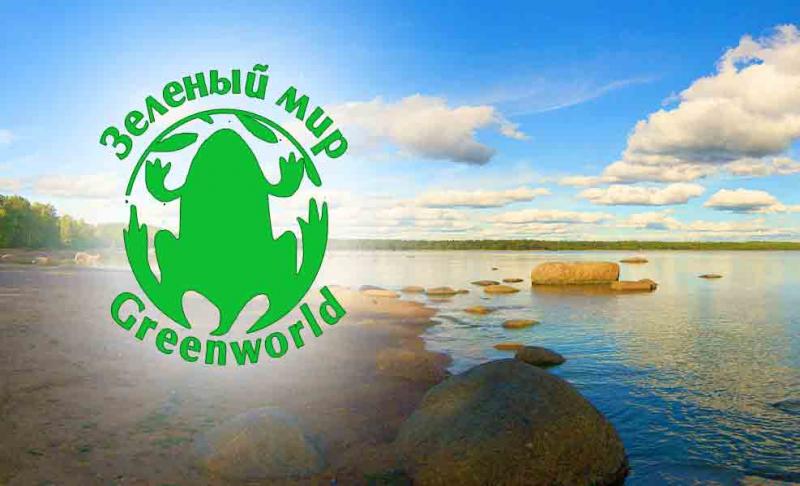
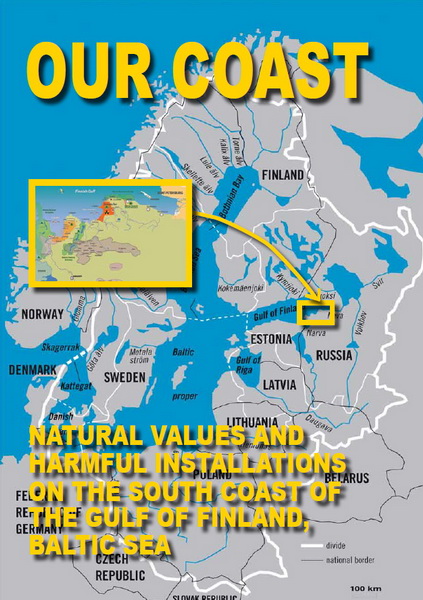 |
The South Coast of the Gulf of Finland |
|---|---|
| Natural Values and Harmful Installations |
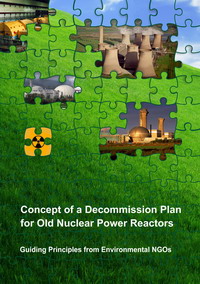 |
Concept of a decommission plan for old nuclear power reactors |
|---|---|
| Guiding Principles from Environmental NGOs |
Introduction
Karl Georg Høyer, Professor, Research Director
Oslo University College
This very thorough report by the group of experts reminds us that the most critical issues raised by nuclear power use have a global reach and are just as crucial today as they were some thirty years ago. It is worth remembering that in the 70`s and 80`s even Norway was subject to serious nuclear power development planning. According to these plans Norway by now should have had some 12-15 nuclear reactors localized to 4-5 nu-clear power plants. Due to a strong public opposition this was, at least preliminary, re-jected by the Norwegian Parliament already in 1975. Similar plans were also rejected in Denmark, and the two Nordic countries have ever since kept their roles as nuclear power free zones. In Sweden the Parliament decided gradually to dismantle and phase out all their existing nuclear reactors, a decision very much highlighted in the broader interna-tional discussions. However in the later years it has proven difficult for Sweden to keep to the decision.
Two major nuclear reactor accidents should heavily influence both discussions and decisions. The first one in March 1979. A loss-of-coolant accident (LOCA) took place in one of the two reactors at the Three Miles Island nuclear power plant near Harrisburg in Pennsylvania, USA. Before control was regained the reactor was only a few hours from a fuel meltdown accident. 140 000 people had to leave their homes for shorter or longer time. In its effects, uncontrolled emissions of radioactivity to the ambient envi-ronment, it was not a serious accident. But it demonstrated all the potentials of the ut-most severity. And not the least did it demonstrate the necessity to throw all former quantified risk estimates into the garbage can. In USA the accident lead to a moratorium in commissioning new nuclear reactors. It took 6 years before the Three Miles Island re-actor could start up again, a strong proof of the vulnerability of nuclear power as an en-ergy source if larger or minor accidents happen.
Based on the almost unanimous recommendations from a public commission some industrial actors in the mid 1980`s made efforts to restore nuclear power planning in Norway. Their choice of moment was not very lucky, at least for themselves. 26th of April 1986 reactor 4 in the Ukrainian Chernobyl power plant became subject to the most severe nuclear power accident through all history. As widely recognized extensive land areas and populations both in Ukraine, Belarus and Russia were in particular seriously hit by radioactive downfall. But even as far away as the more remote parts of Norway downfalls were large enough to make immediate counter measures necessary in order to protect population from long term health effects. Now more than twenty years later some of these counter measures are still effective, in particular those that were enforced to counteract radioactive Cesium concentration in reindeer and sheep meat generated through mountain grazing. The total downfall of Cesium 137 and 134 over all of Norway was not a large volume in common terms. In theory it could be kept in a tea cup. On the other hand the amount of radioactivity was very large indeed, and at fairly elevated levels is estimated to be present in Norwegian ecosystems through most of this decennium.
Together with other European countries Norway was taken by surprise. In many ways. It was the large geographical outreach of quite heavy downfalls. Almost all Euro-pean countries became victims, many subject to heavily concentrated downfalls at very large distances from the Chernobyl source. These patterns and distances of radionuclide spreading were very different from the existing models used in risk estimation and con-tingency planning. And there were all the biological concentration chains of the radionu-clides, many never envisaged before, at least as regards their proven importance. Former models and estimates of biological halftimes of nuclides were rejected by hard evidence.
Then there was the accident itself. Most European experts – me included – shared the view that the Russian graphite moderated RBMK reactors were inherently less acci-dent prone than the Western light water moderated reactors (LWR), whether of the pres-surized or boiling type. It was generally accepted that the LWR reactors in principle could be subject to a total, uncontrolled meltdown accident, contrary to the RBMK tech-nology. This was the so called “China Syndrome”, hot fuel melting its way down in the ground visually towards China from USA. We were all taken by surprise of the type and extent of the Chernobyl reactor accident. However not by the release of radioactivity when the accident took place after all. Of course, the lack of the external safety barrier in most Russian reactors at that time, so crucial in Western reactors, was heavily criticized.
The report gives a systematic outline of the other major problems usually connected to nuclear power. They are the safety and deeply ethical problems raised by the continuous generation of long life radioactive waste. Similar types of problems caused by long term decommissioning of various types of nuclear fuel cycle plants, reactors, reprocessing and enrichment units. There are the transport safety issues when linking all the fuel cycle plants and activities together. And not the least are there the inherent and potentially seri-ousness in the connections between nuclear power and nuclear bombs, where the very his-tory of nuclear power was founded more than sixty years ago. Nuclear reactors are still continuously generating Plutonium-239, the isotope applied in the Nagasaki nuclear bomb. And enrichment facilities creating opportunities for the generation of sufficiently enriched Uranium-235, the isotope applied in the Hiroshima nuclear bomb.
In Norway as well as in other European countries the strong opposition against nu-clear power caused energy issues to be focused in new ways, also a great asset of this re-port. The large potentials of new forms of energy production from renewable and envi-ronmentally benign sources, sun, wind, biomass and low temperature heat from the ground, have become crucial parts of the new way of thinking on energy, the “soft energy paths”. And in outlining these paths have also extensive energy saving and gains in en-ergy efficiency played important roles. In the aftermaths of the nuclear power opposition and the many no`s to further nuclear power it was mostly a matter of change of focus in discussion. But gradually it has grown to be an integral part of new politics. And as the future is described today, with the overriding response to issues of climate change, the soft energy paths are taken as the very backbone of all-European energy development and policies. Hopefully this report will give its contribution for the similar paths to become a reality also in Belarus.

